Previously, it was assumed that he was born around the end of the 13th century (1295) and died in 1327. Latest research suggests that he was born in 1350. His parents were wealthy citizens. From the moment he was born, he had a wine stain in the shape of a cross on his left side: this was considered a sign from God. After the death of his parents, he decides to live the life of a pilgrim. He distributed his money to the poor and entrusted the management of his property to an uncle. So he left. If he came somewhere where there was a plague or other disease, he stayed there to care for the sick. He managed to heal some by making the sign of the cross. Finally, he arrived in Rome, where he spent three years. On his way back he was again delayed in the town of Piacenza due to plague victims to be treated. There he was finally struck down by the disease himself and retreated to a nearby forest, fearing he would infect other people. He was discovered by a neighboring squire, because his dog ran away with a piece of bread. Further investigation revealed that the animal provided food to Rochus in this manner. Legend has it that the squire was not very appreciated in his community. But Roch's merit reminded them that they must love their neighbor as themselves. Thus, the squire was reintegrated into the life of the people. Eventually, Roch was cured of the plague and returned home. There was a civil war there at that time. He was immediately taken for a spy. No one recognized him, not even his own family. Not even the judge before whom he had to answer. And this judge was the uncle who managed his estate. Roch remains silent, like Jesus before Pilate... The atmosphere must have been so hostile that he could be sure in advance that no one would believe him. He was thrown in prison. He lived there for another five years (eight even according to legend). Then he died. According to one version, he was recognized after his death because he was carrying identity documents. A more romantic reading says that his grandmother recognized him by the striking wine stain in the shape of a cross on his left side...


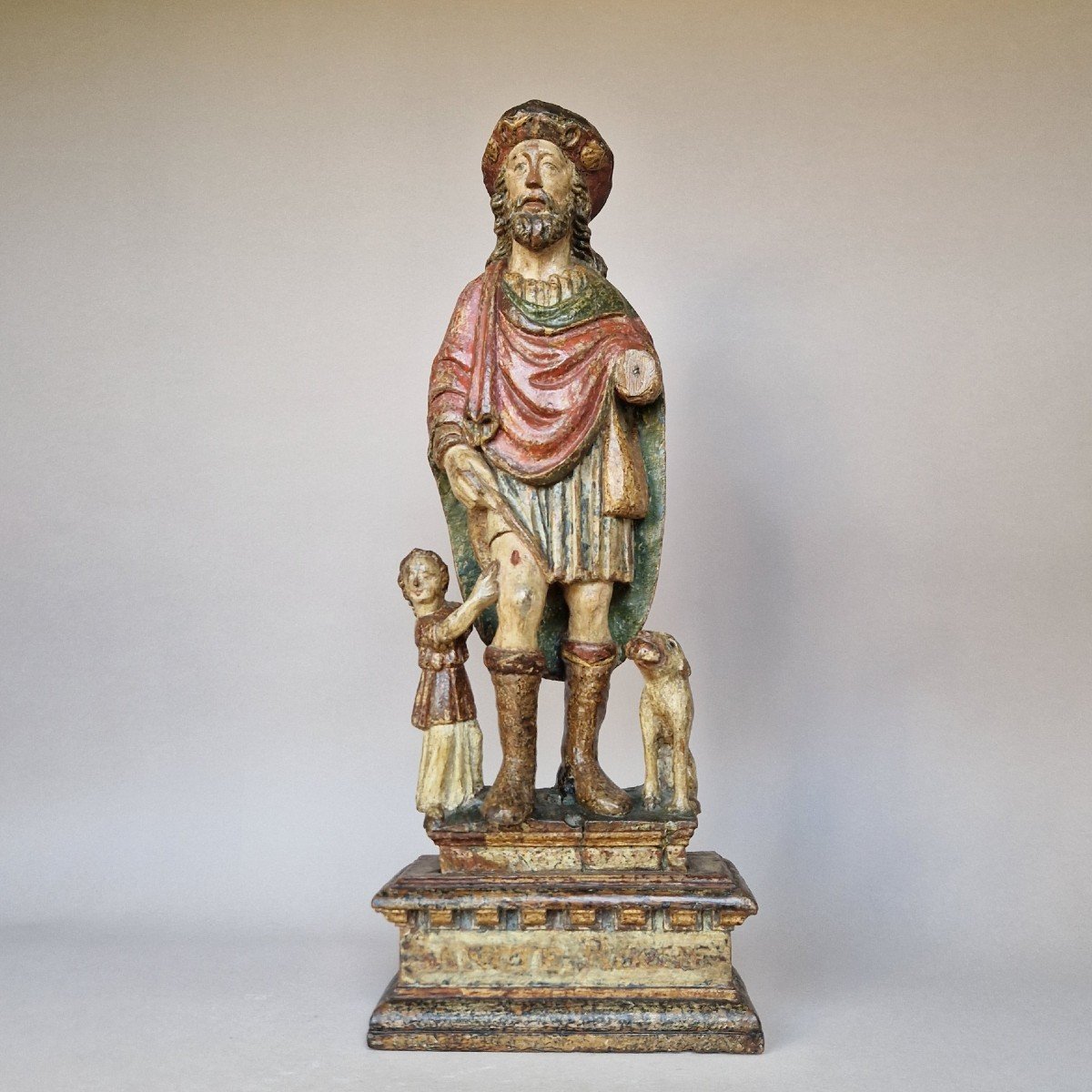
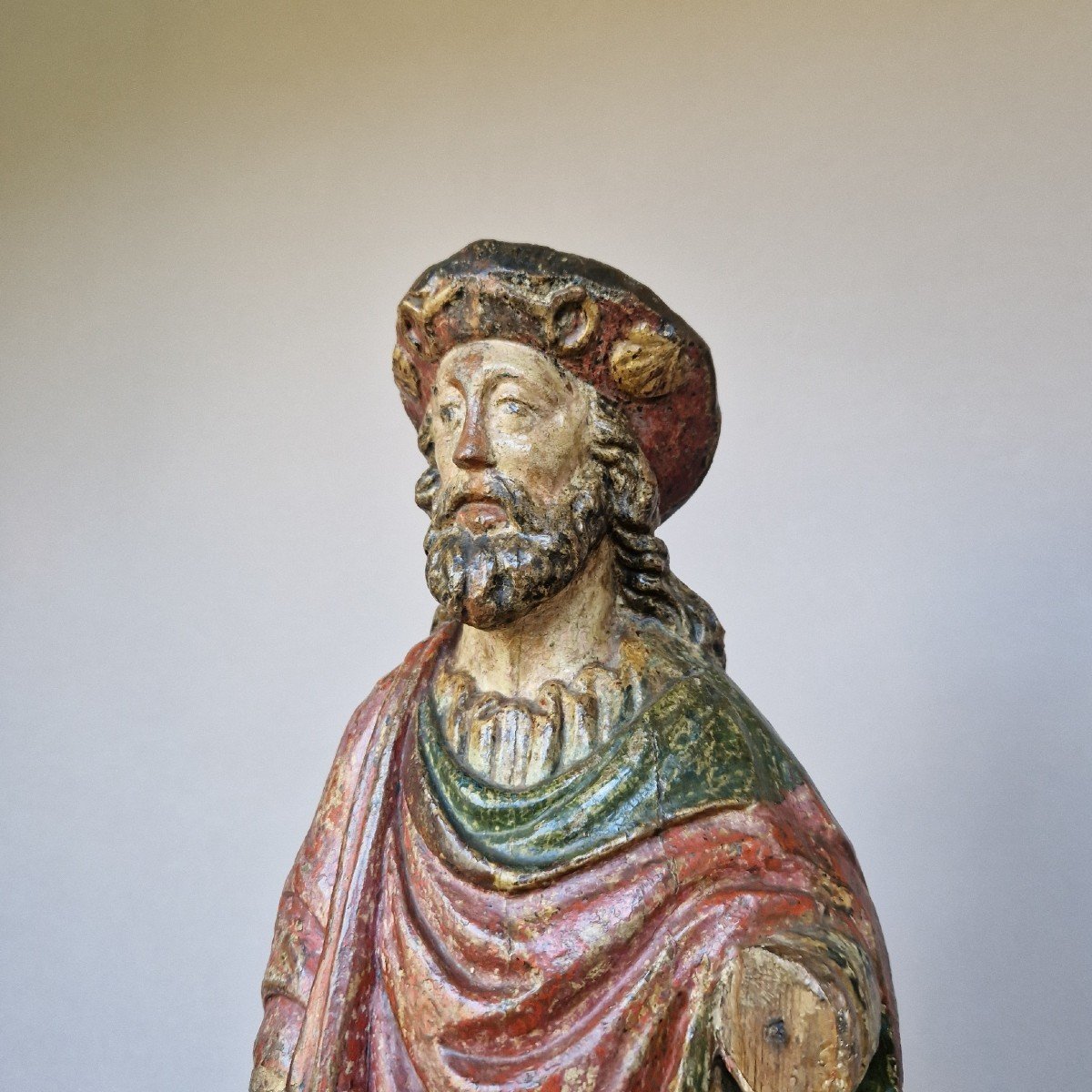
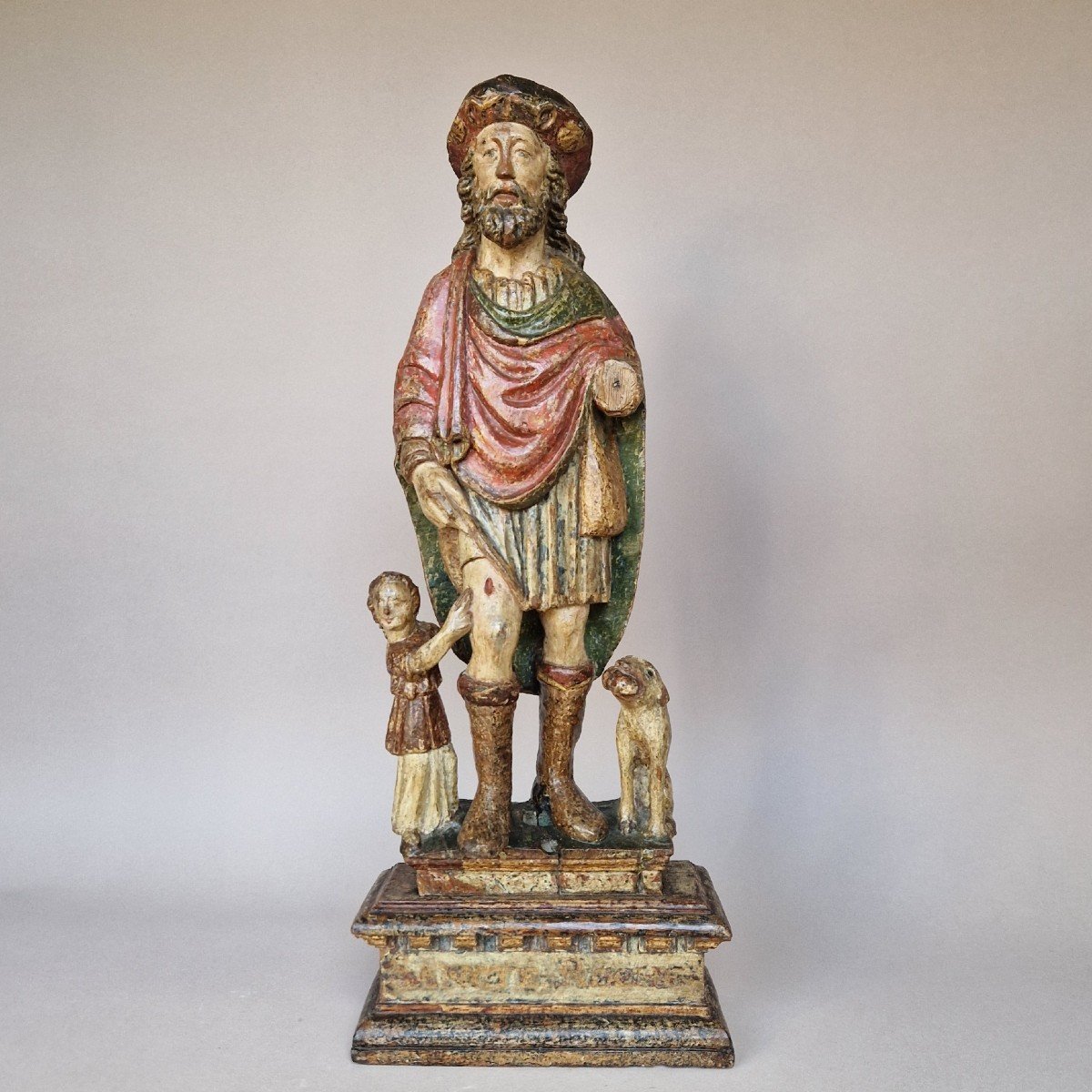
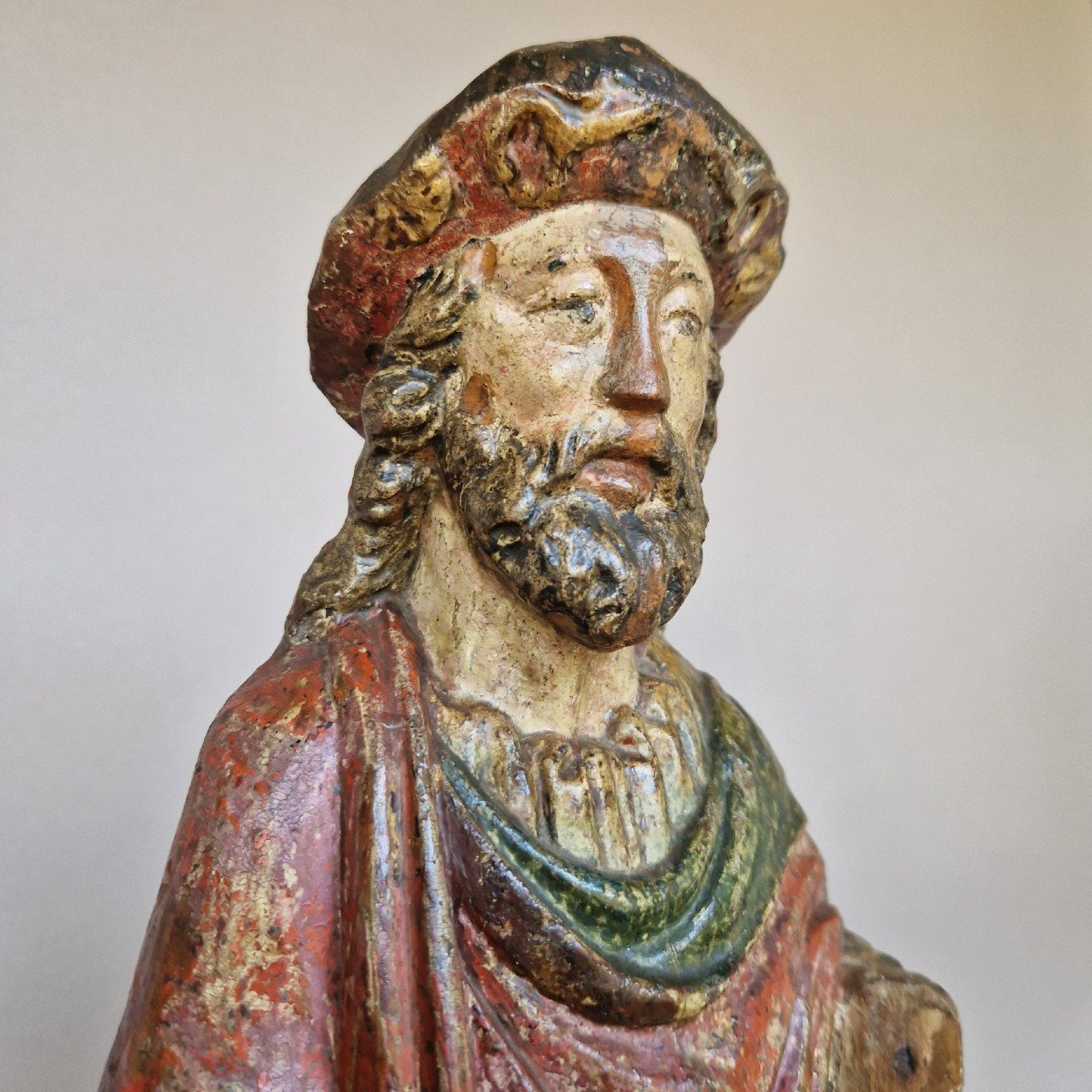
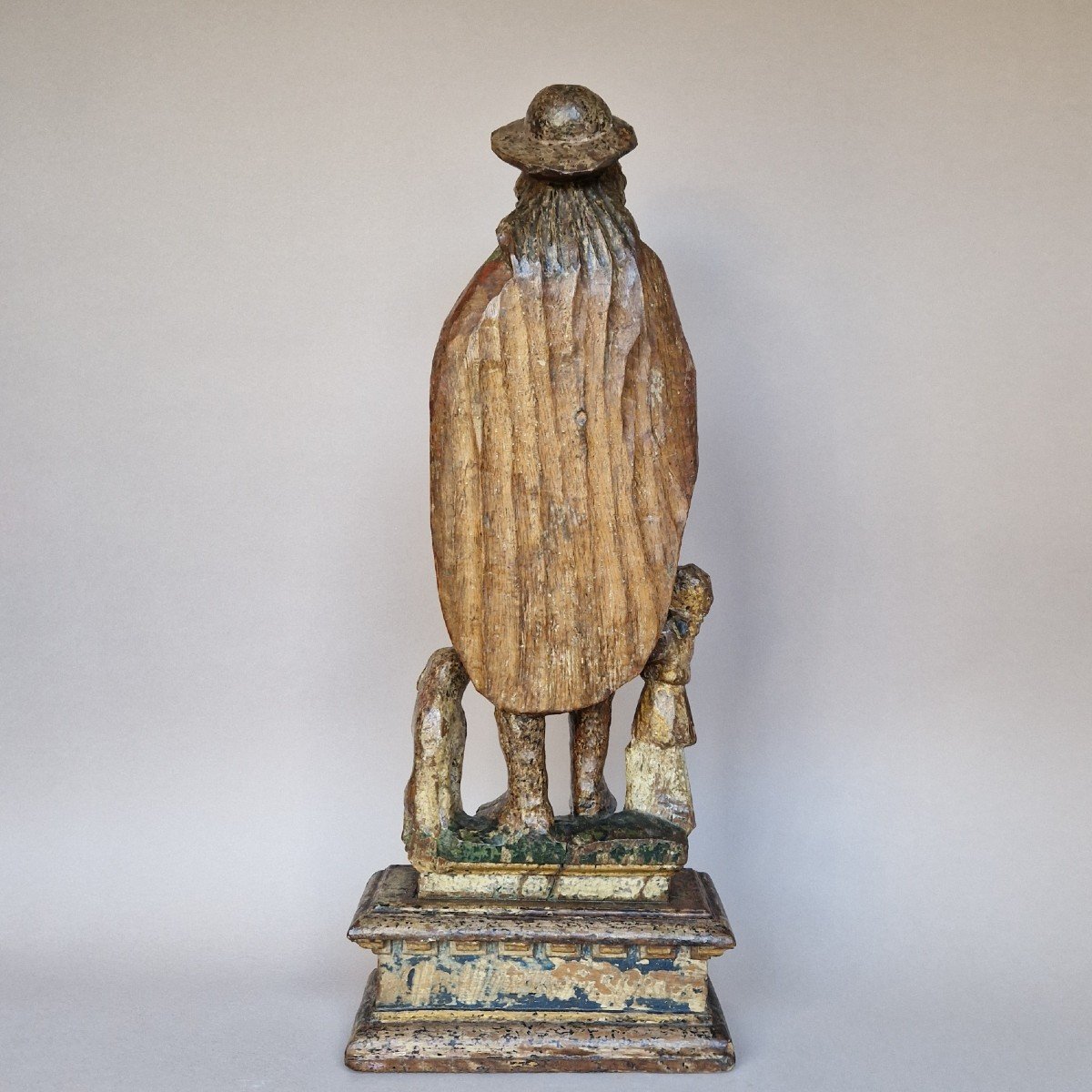

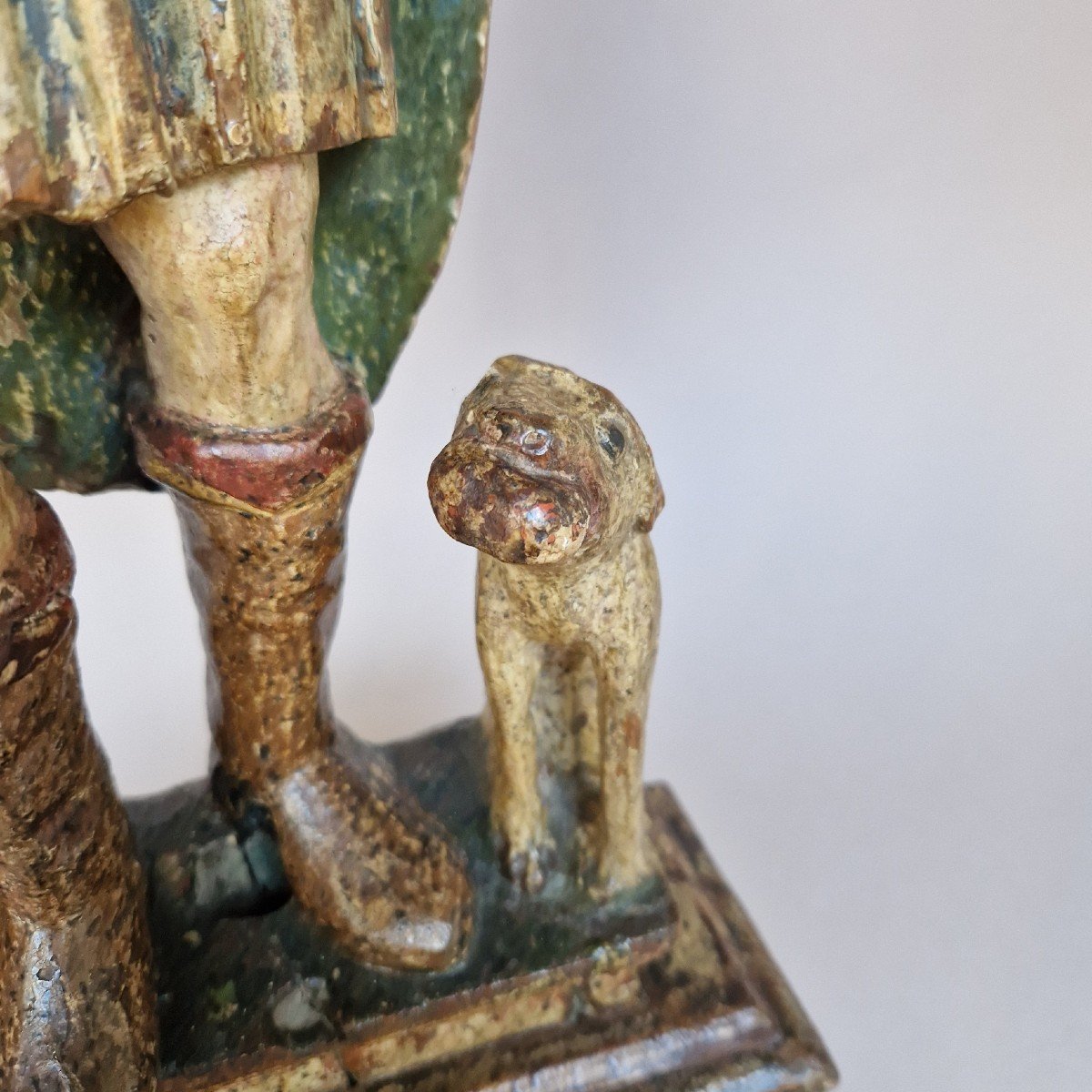
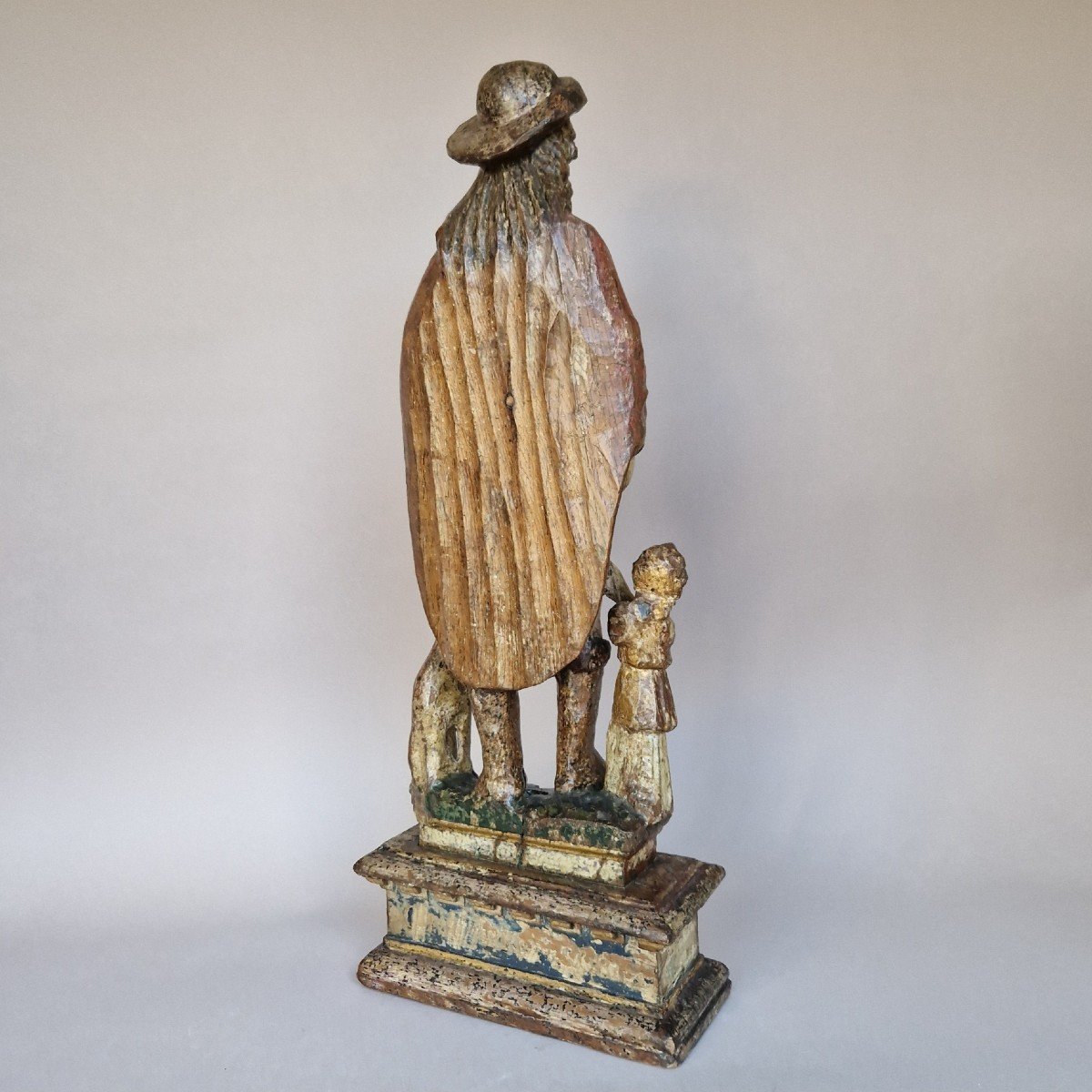

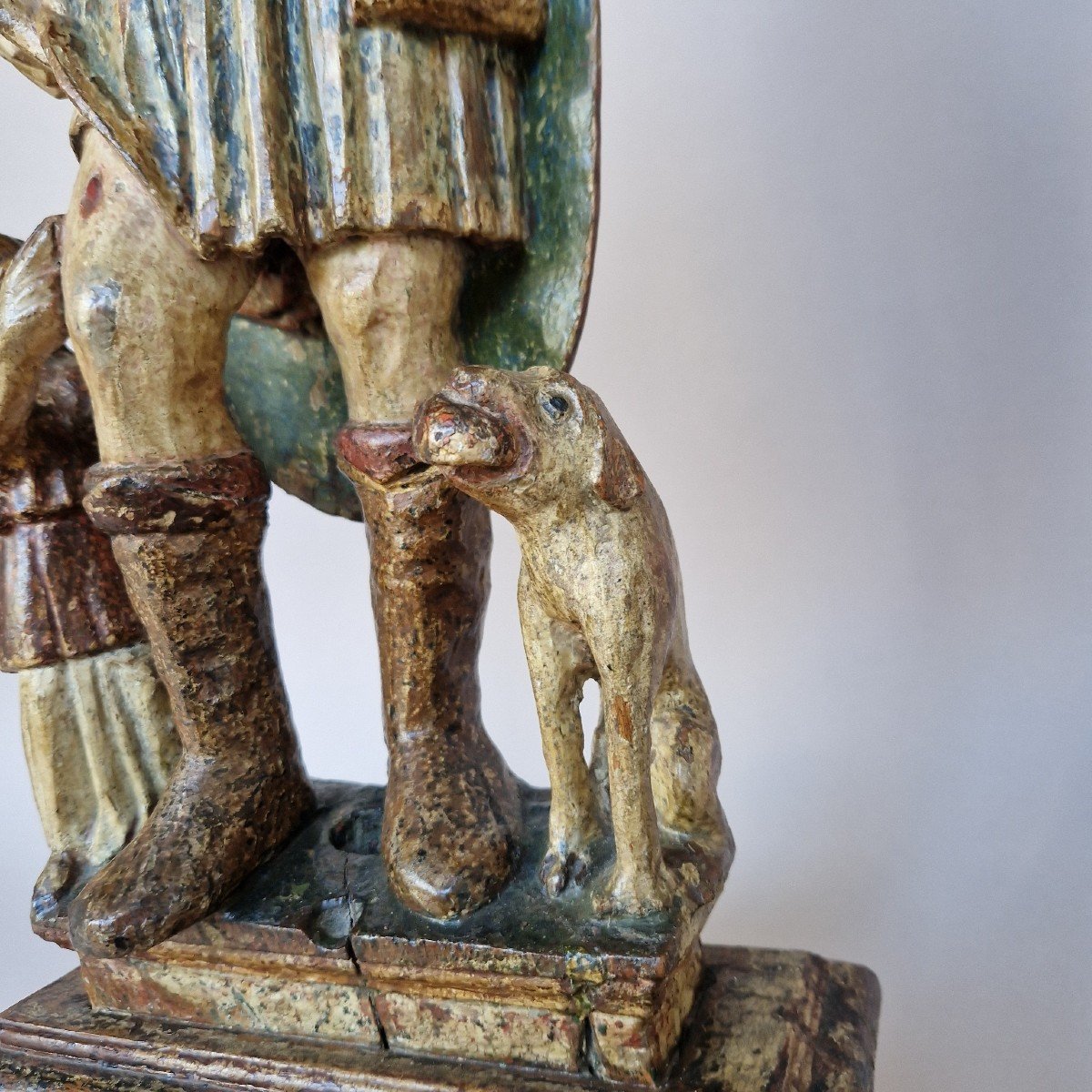
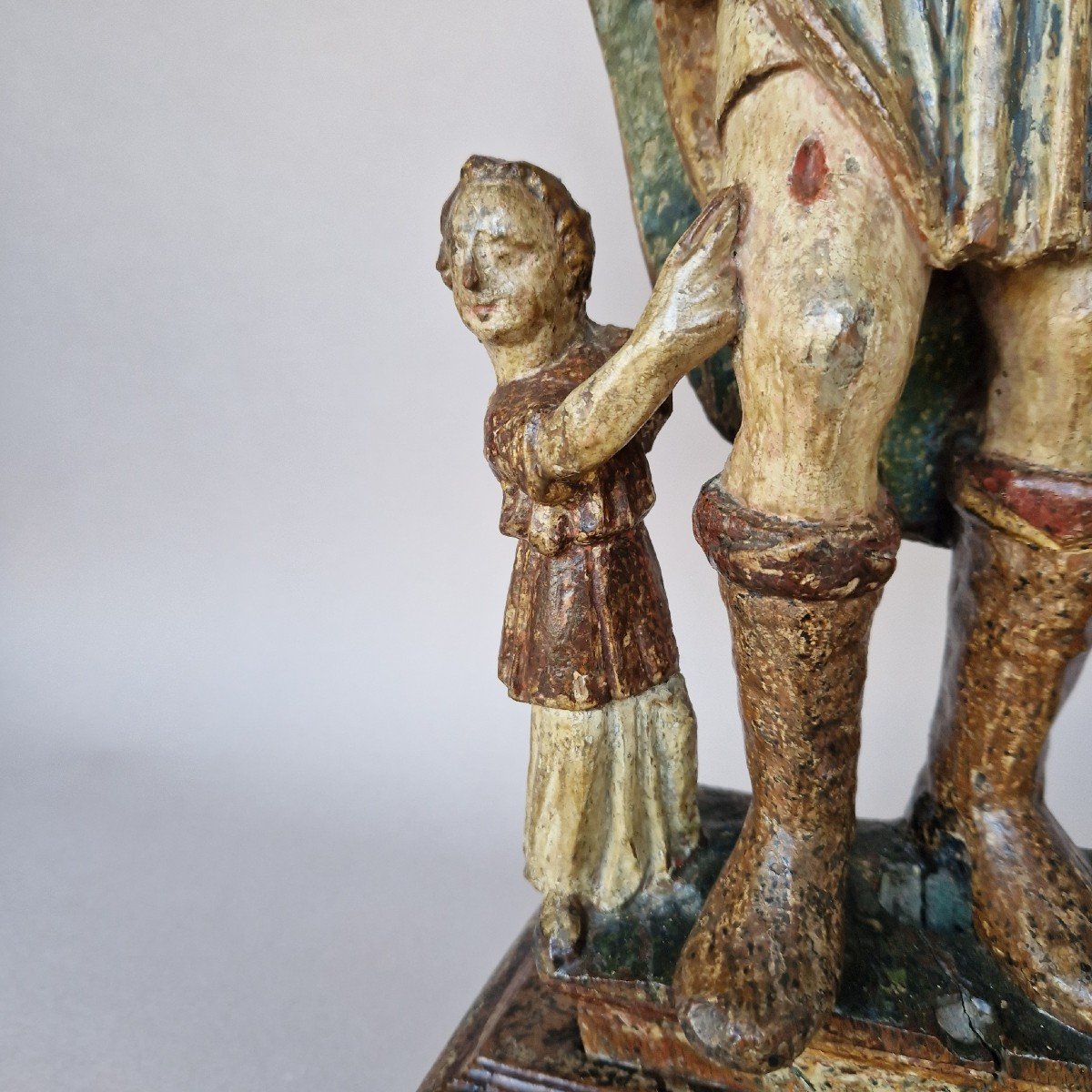
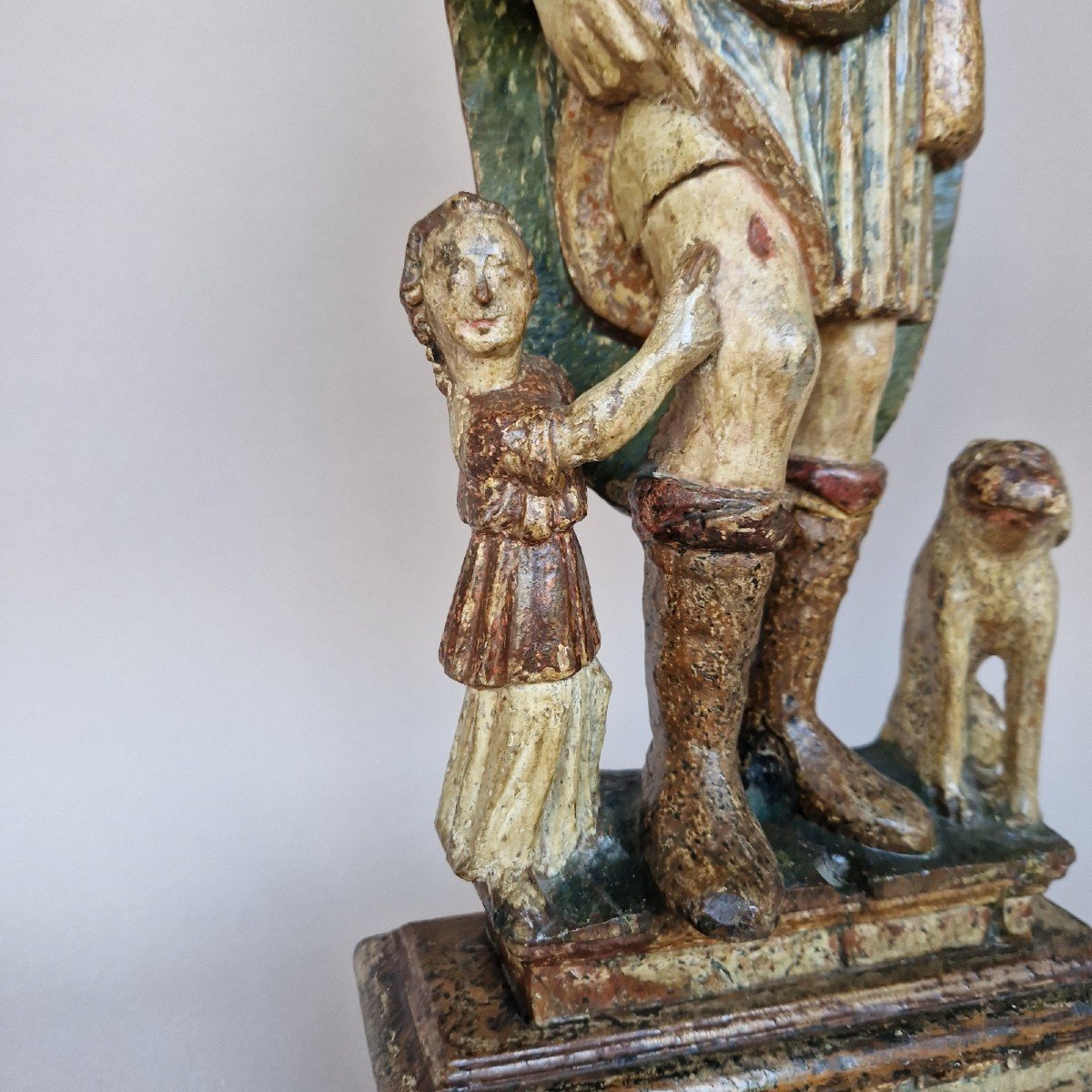















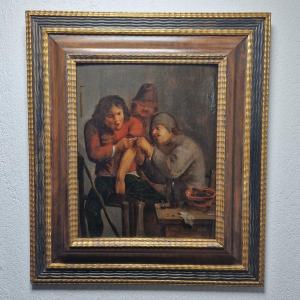

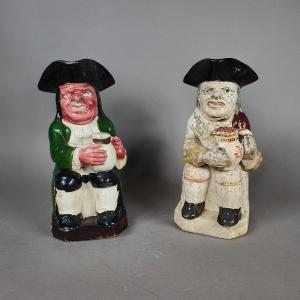
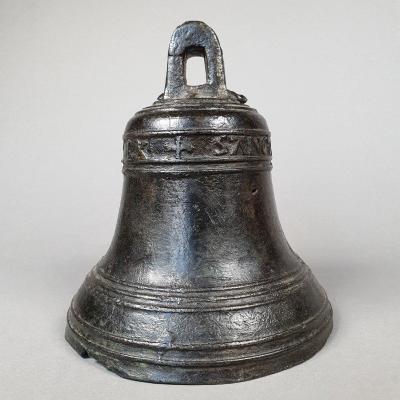


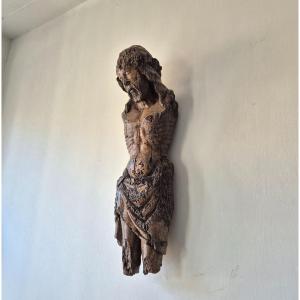

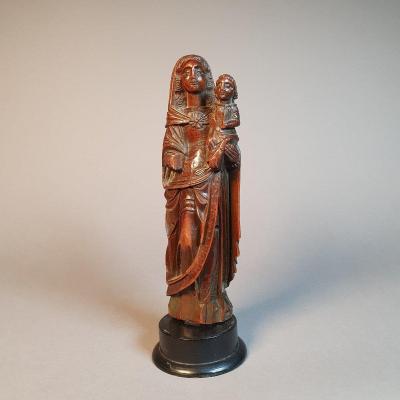
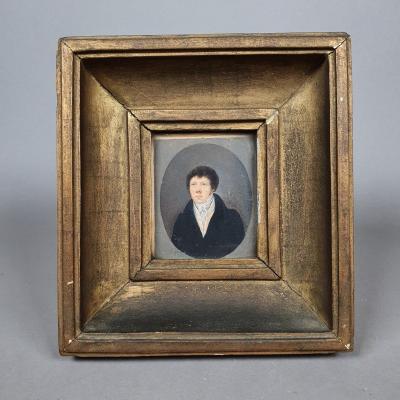

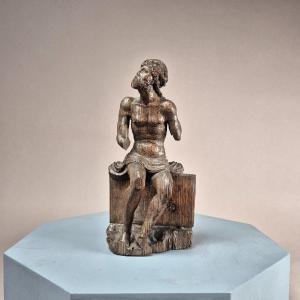
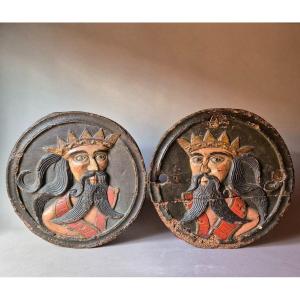

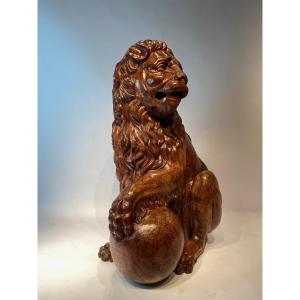
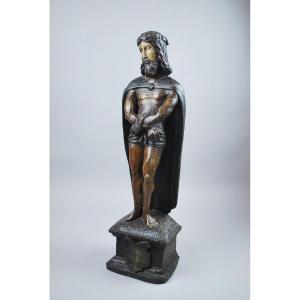

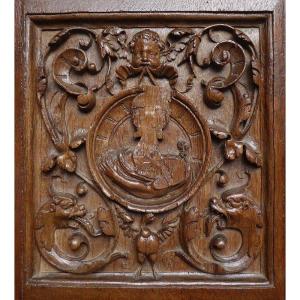



 Le Magazine de PROANTIC
Le Magazine de PROANTIC TRÉSORS Magazine
TRÉSORS Magazine Rivista Artiquariato
Rivista Artiquariato